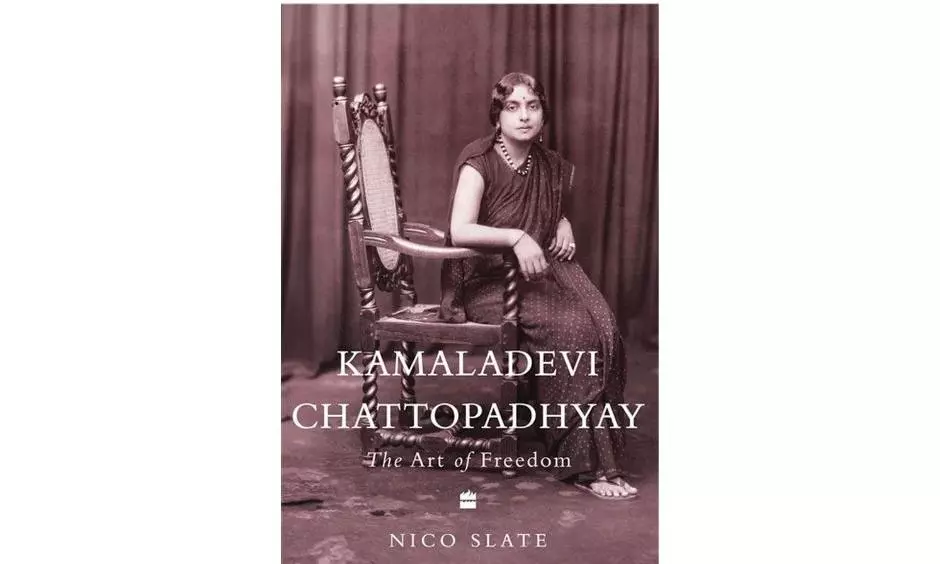Book Review | First-wave Indian feminist who was multi-talented

I write this review with mixed feelings. I asked for this book, because Kamaladevi Chattopadhyay is such an amazing woman, with so many achievements that they cannot be mentioned in one sentence. This is not the first work on her — she wrote her own biography as well — but it belongs to an interesting series of Indian Lives edited by Ramachandra Guha.
But while Nico Slate, a well-known historian who focuses on “movements against racism and imperialism”, has filled his book with plenty of information, you do wonder if the person herself has got lost in the telling and the march of achievements and events.
Slate writes: “No matter how much Kamaladevi tried to separate her public and private lives, they remained linked together.” The downside of this, for a biographer, is that the reader is also left to separate the strands herself. Chattopadhyay was born to a “good family” in Mangalore. Her mother came from wealth, her father from hard work. She was married off at 11, after her father died intestate. Her mother Girijabai was a strong woman, an early feminist with whom Kamaladevi shared a difficult relationship but from whom she undoubtedly got her strong, independent streak.
Kamaladevi was widowed at 12. From here on, these experiences set her on her feminist cause from which she never wavered. Her first forays into public life were about making sure women got a fair deal, if not their fair share. Today’s feminists and women need to place Kamaladevi in her time and place. She was born in 1903 and grew up in Colonial India.
Today Kamaladevi is perhaps best known for the immense work that she put into the showcasing of Indian handicrafts and textiles — the Cottage Industries Emporia was her brainchild. But that only happened at the end of her magnificent life and list of amazing accomplishments and exploits. In her second and very rocky marriage to Harindranath Chattopadhyay, Kamaladevi explored the performing arts.
She was an integral part of the freedom movement, and convinced Gandhi ji to allow women to take part in the Dandi salt march. But she was also a committed Socialist. In her words, “Class war is inherent in the present capitalistic society. Nobody created it. It exists by itself and will continue to exist as long as the present social and economic system continues.”
She was exceptionally well-travelled and impressed whoever she met. From being a pivotal member of the All India Women’s Conference to marching into Prime Minister Nehru’s office to demand a township for refugees after Partition — which is what Faridabad outside Delhi started as — to getting arrested any number of times by the British, you can see why Slate got a little lost in her story.
But the result is a somewhat fractured picture of the person herself. Her tricky marriage to a philandering talent, her enormous generosity, her fearlessness, her son, her grandchildren… you have to glean and grasp from all the listing of her doings over a long life. Maybe another 100 pages were needed?
Kamaladevi Chattopadhyay: The Art of Freedom
By Nico Slate
HarperCollins
pp. 365; Rs 799

